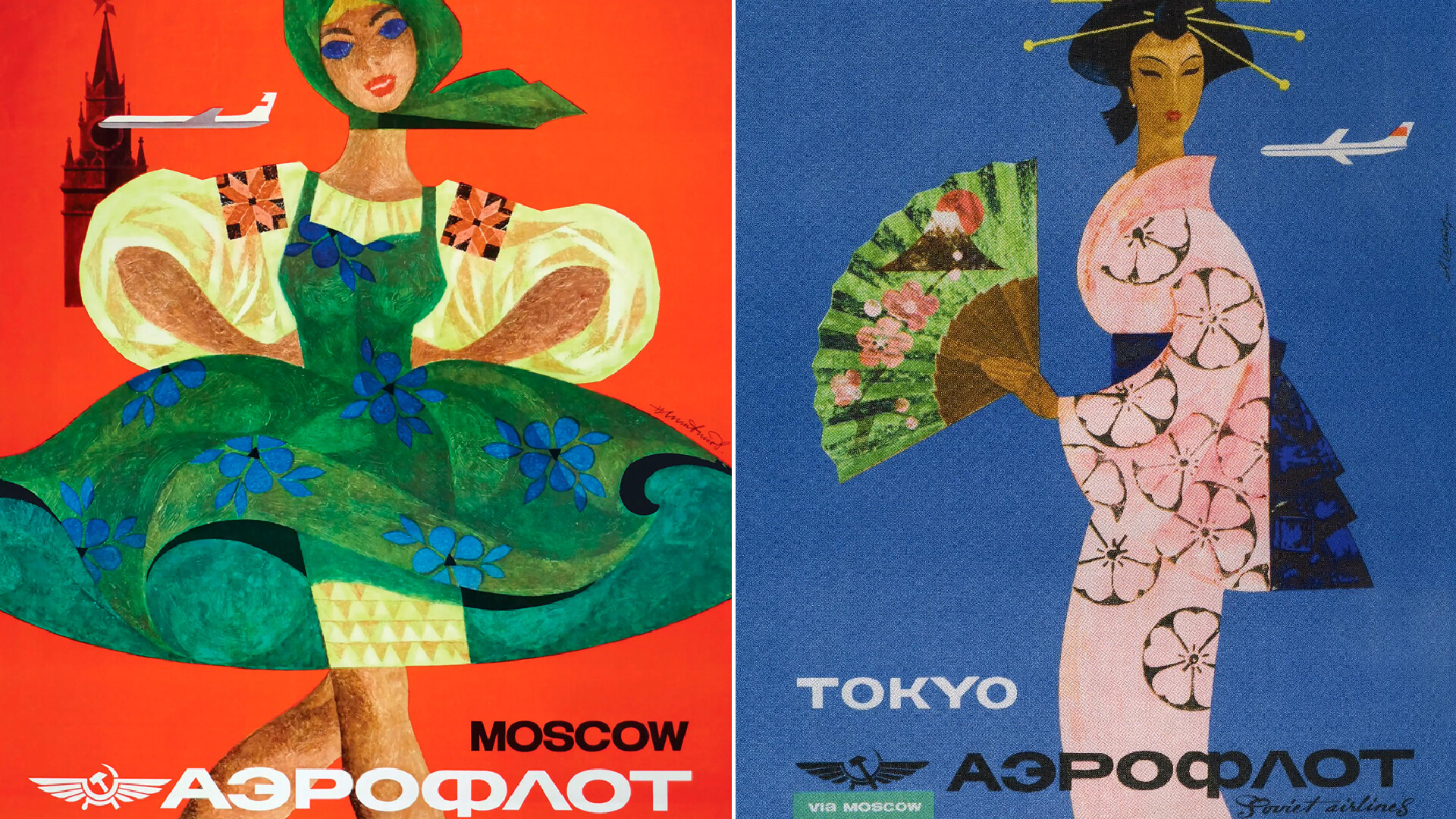
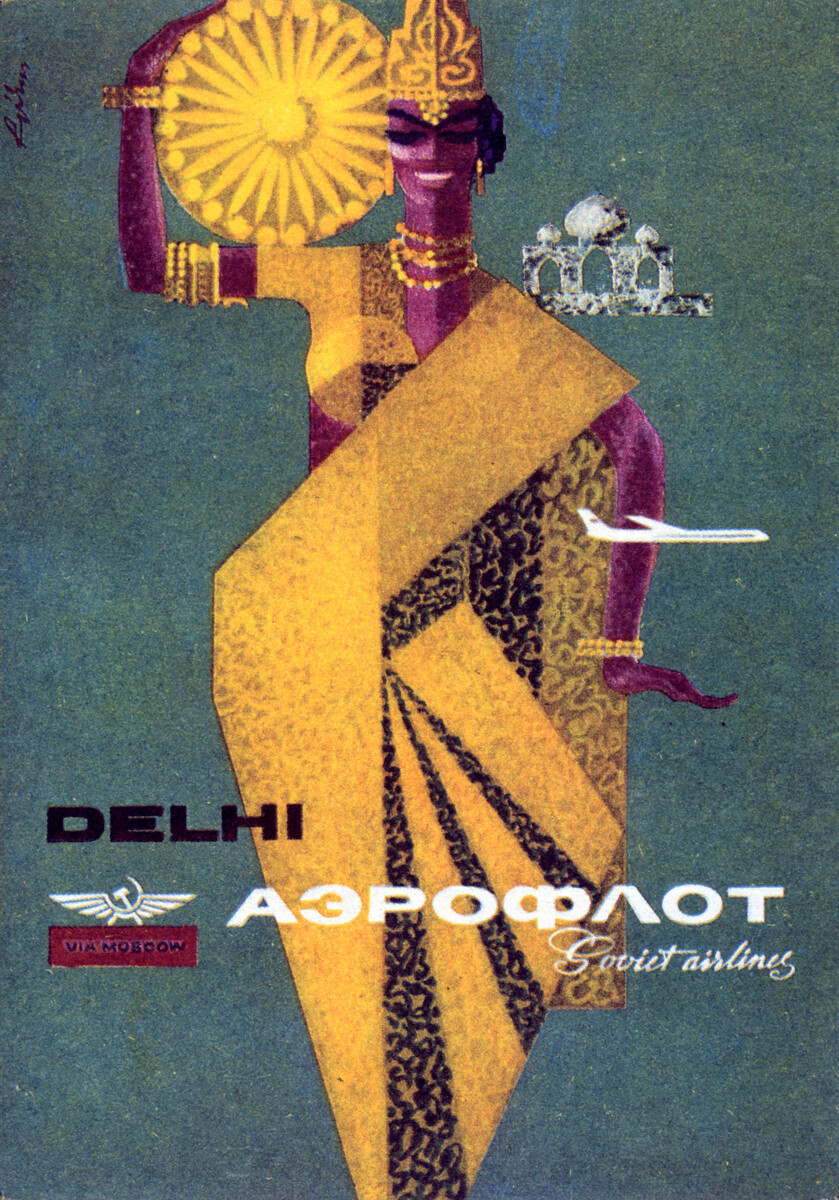
Yet, Soviet citizens were not at all surprised by such advertising. At that time, airplanes were quite a new means of transport, which competed with train and bus travel.
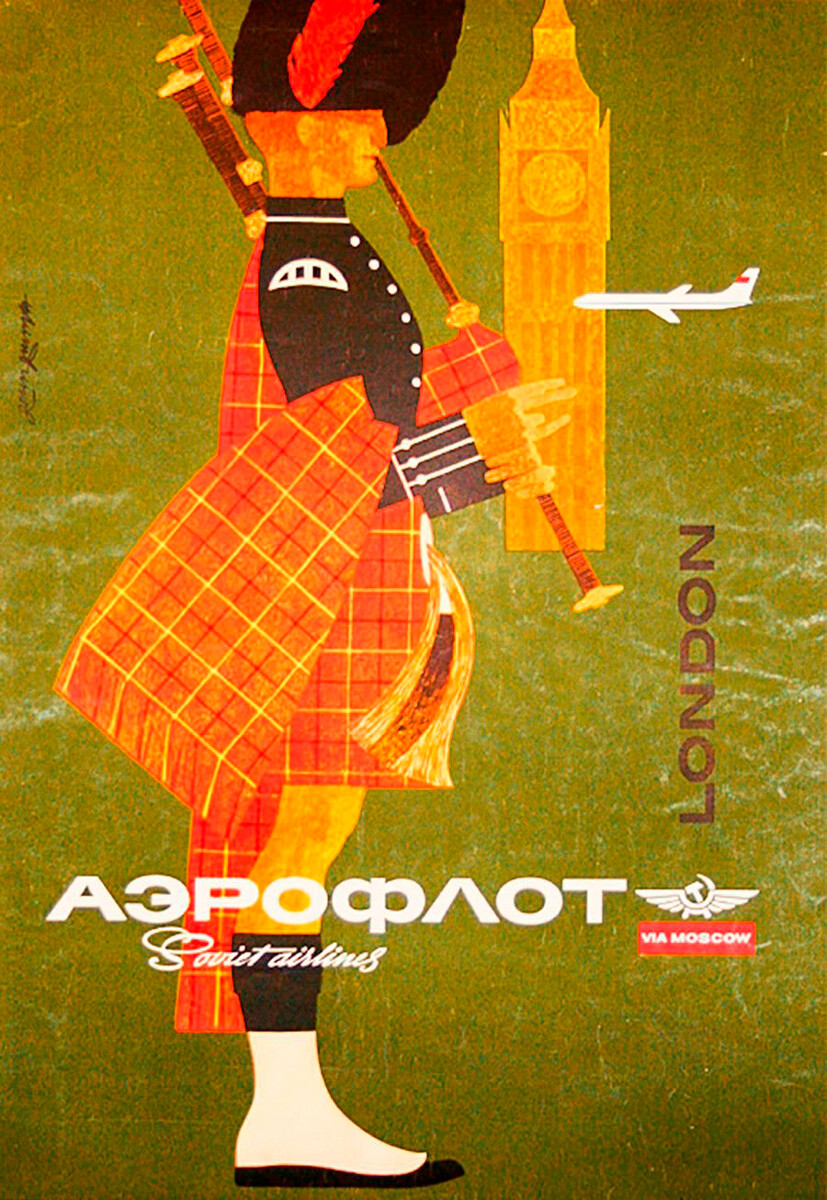
Posters explained to ordinary citizens how much time they would save on vacation if they chose to go, for instance, to the Black Sea resort of Sochi by plane.
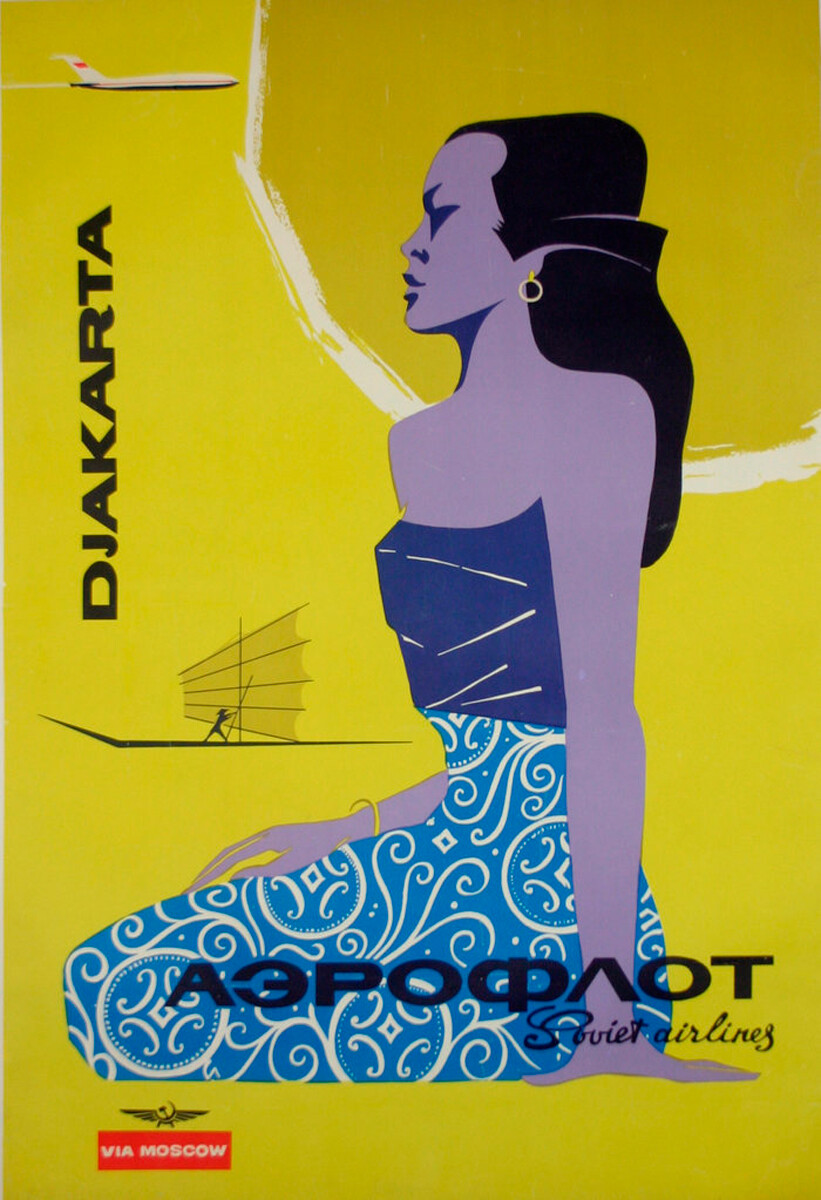
Already in the 1950s, modern Tu-104 and Tu-144 jet airplanes, which could carry more passengers, began to appear in Aeroflot's fleet.
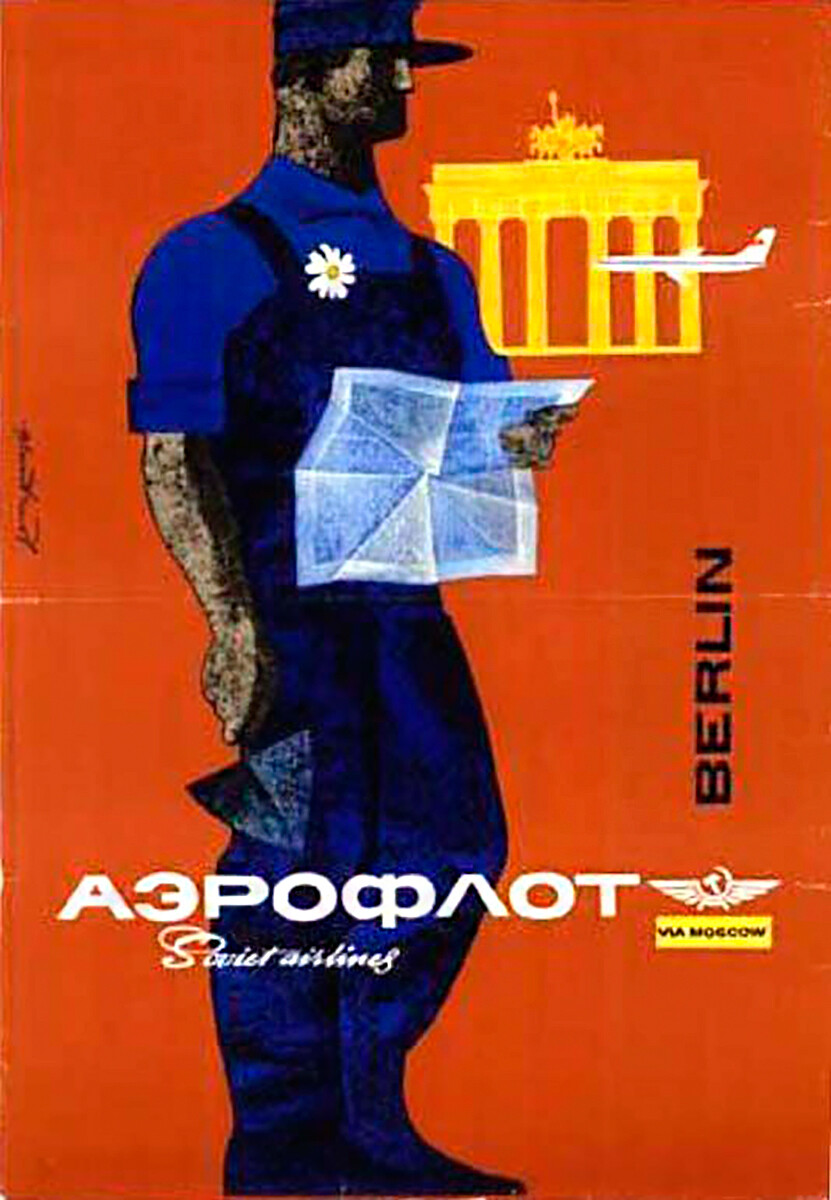
In addition to domestic flights, Aeroflot also operated international flights, including those to Europe, the United States and Canada, despite the Cold War. Flight attendants on such flights often had higher linguistic education.

Moscow was also a transit city for foreign tourists traveling, for example, from Europe to India, Indonesia or China.
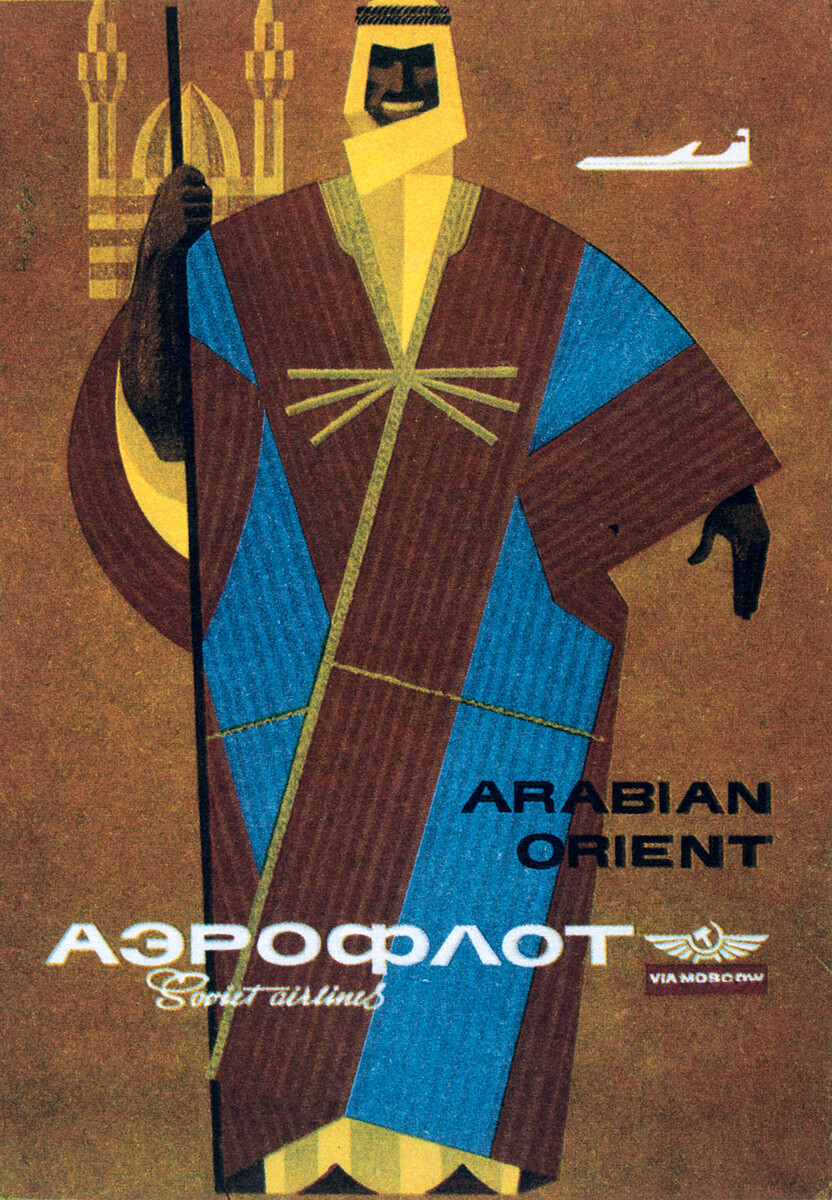
The Soviet airline produced a large number of advertising posters in English specifically for such tourists. In particular, they explained the advantages of flying to other destinations via Moscow.
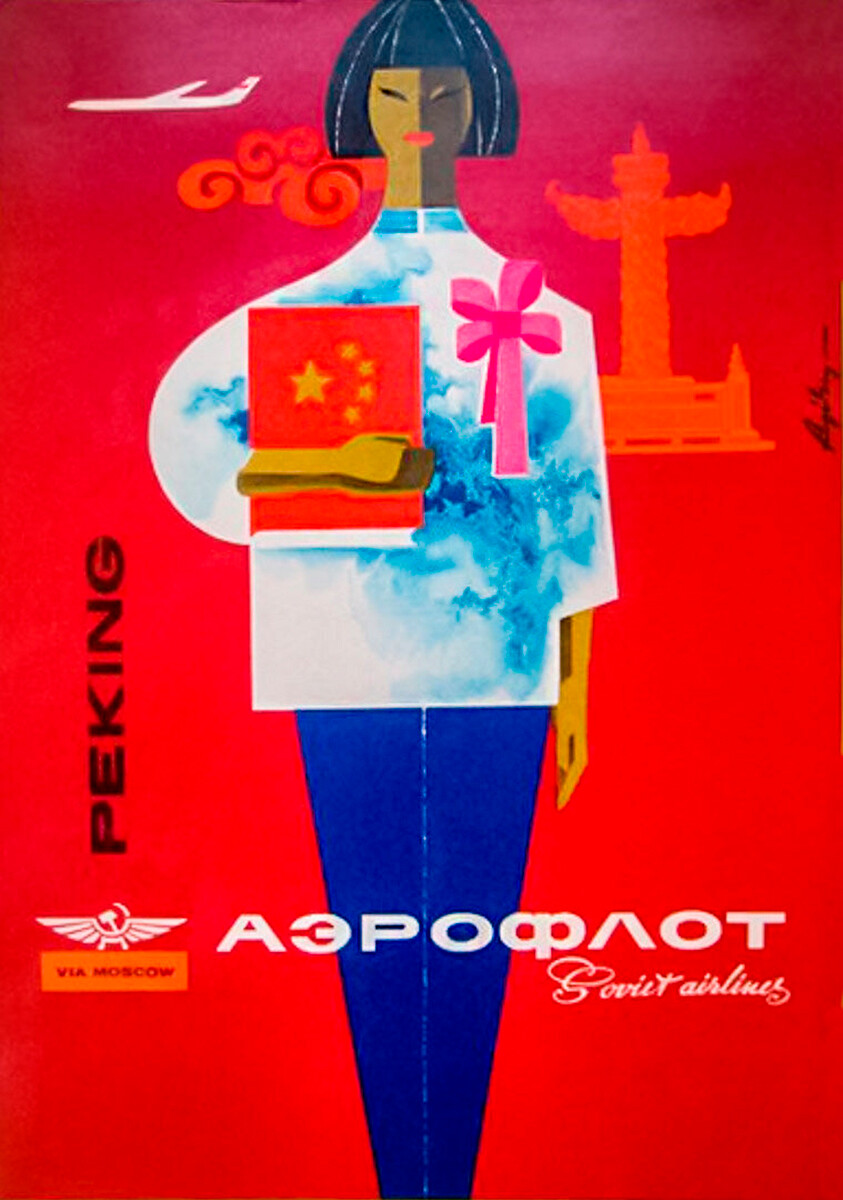
In 1970, the Soviet Union allowed foreign airlines to fly over the Trans-Siberian Railway and to land for refueling in Moscow. This made it possible to drastically shorten the route to Asian and African countries. Air France and JAL were the first to perform such flights.
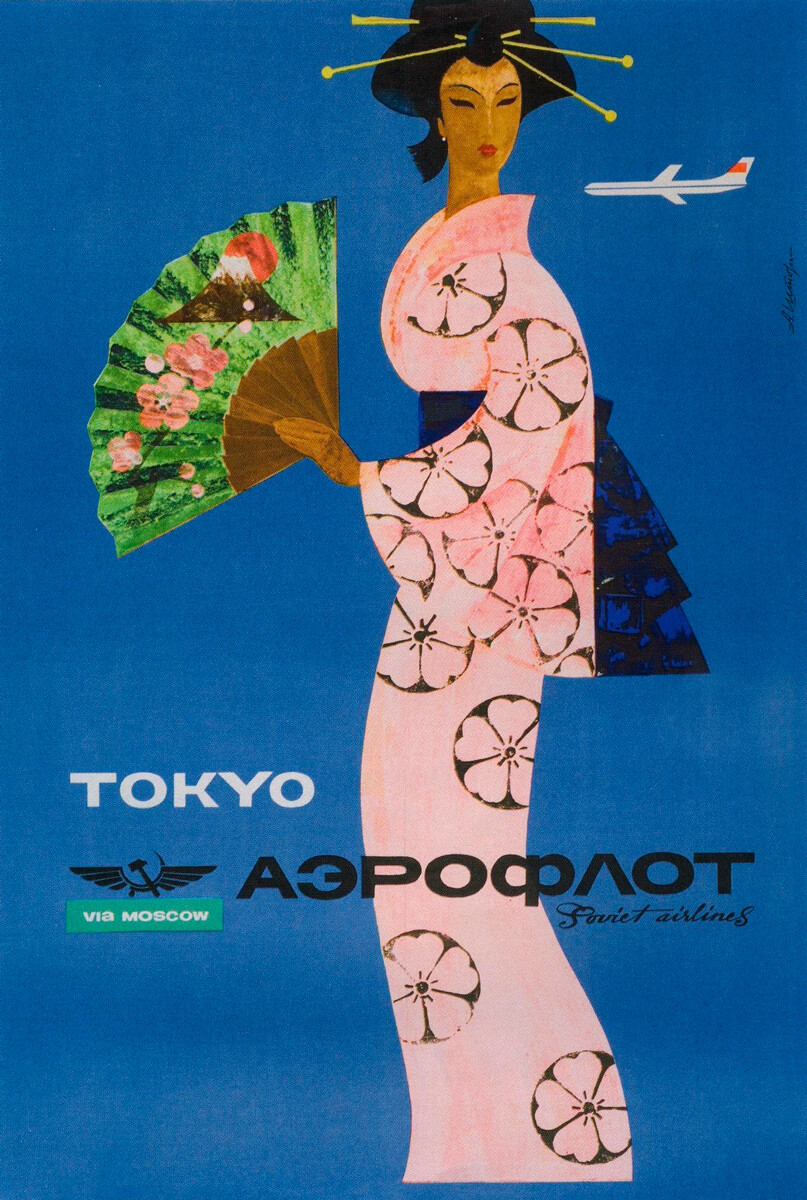
Aeroflot Russian Airlines is celebrating its 100-year anniversary in 2023. Check out how the flight attendants' uniforms have changed over the decades!
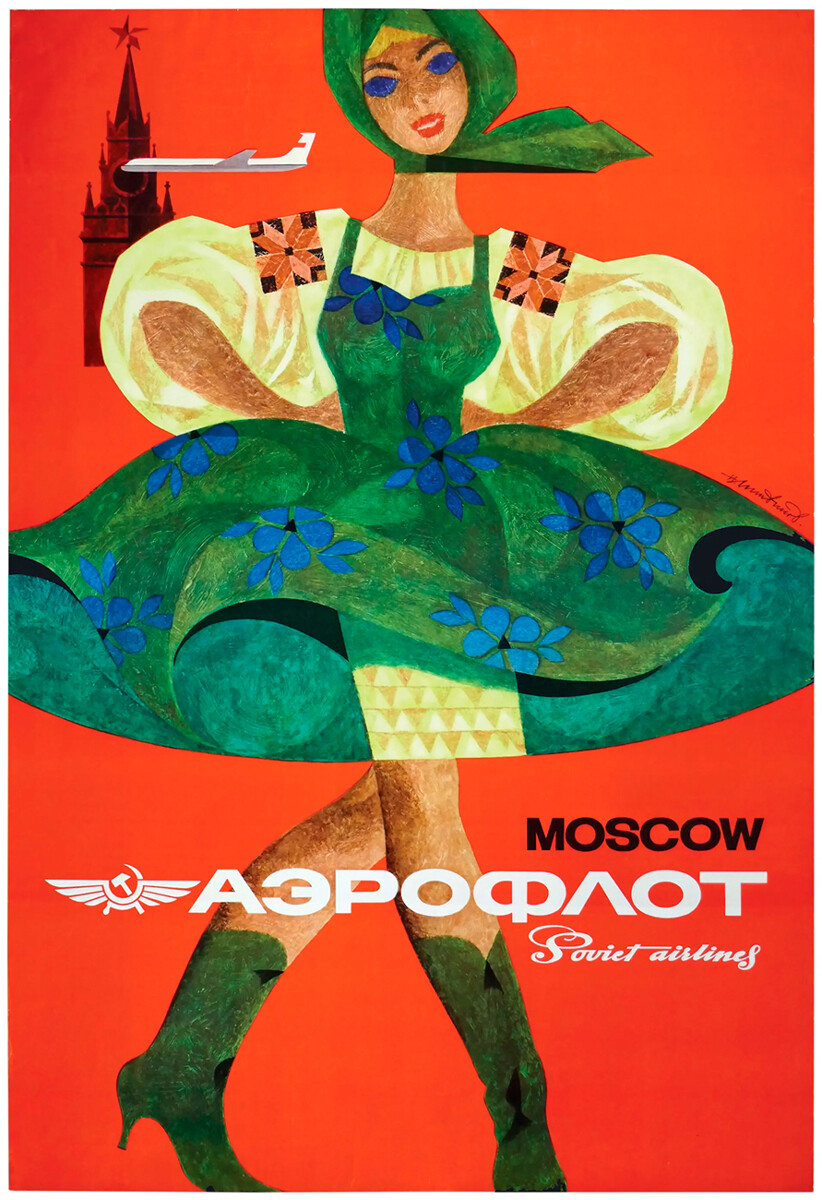
Dear readers,
Our website and social media accounts are under threat of being restricted or banned, due to the current circumstances. So, to keep up with our latest content, simply do the following:
If using any of Russia Beyond's content, partly or in full, always provide an active hyperlink to the original material.
Subscribe
to our newsletter!
Get the week's best stories straight to your inbox